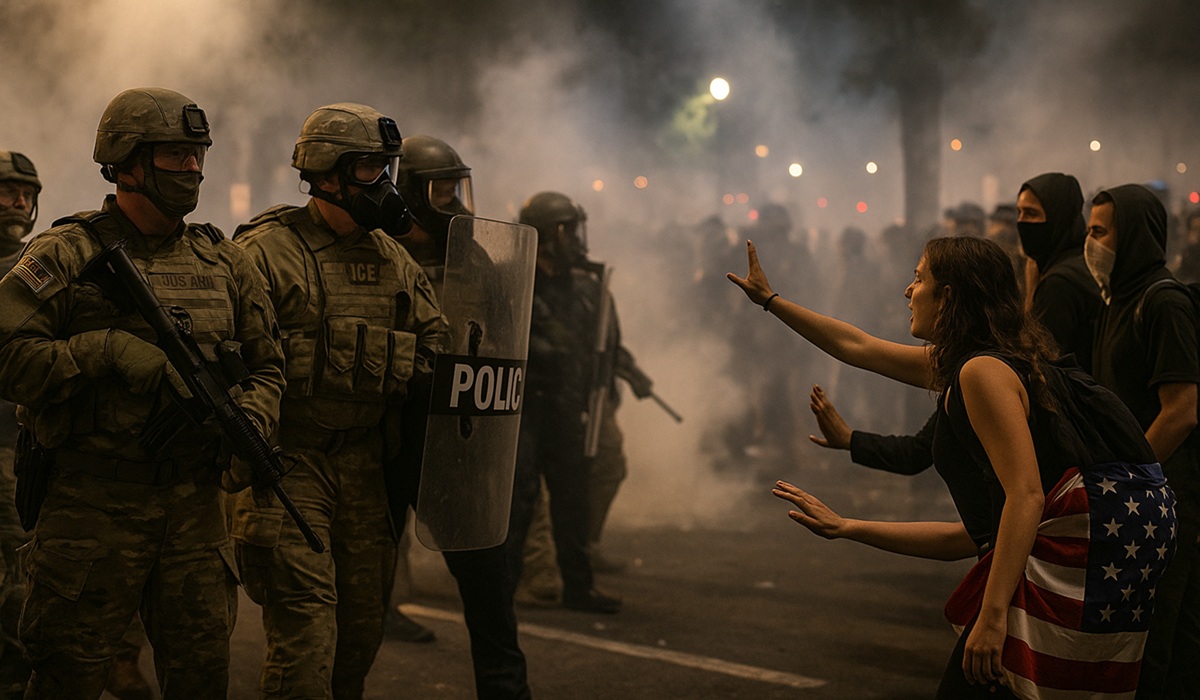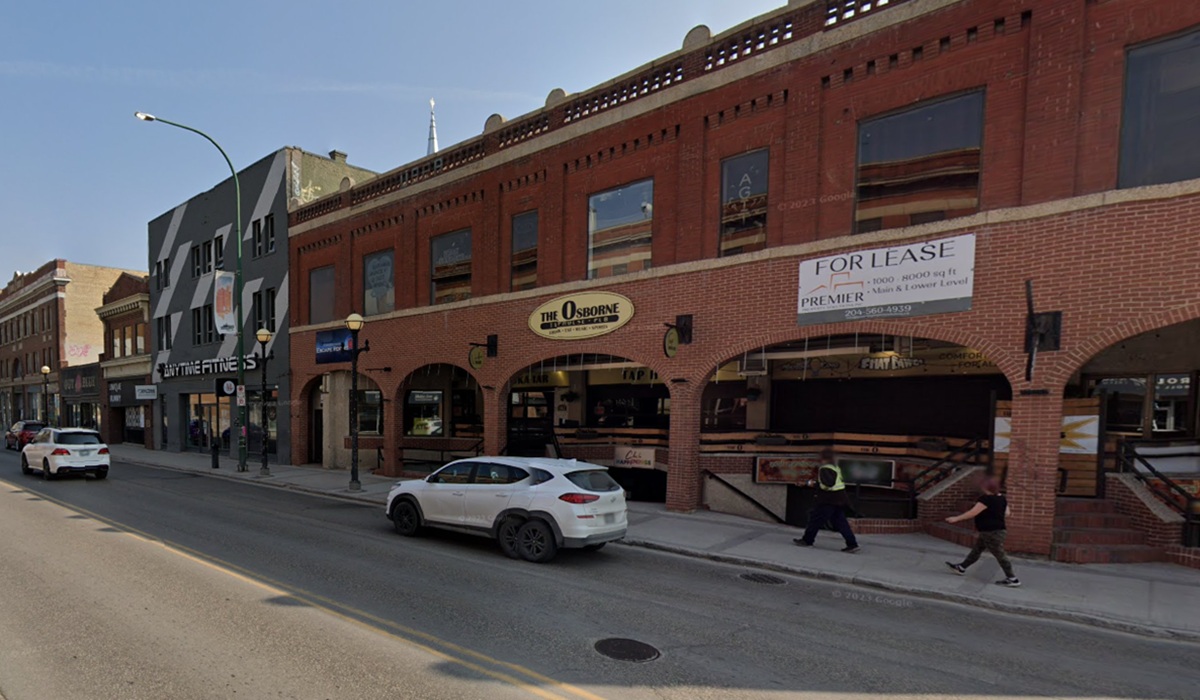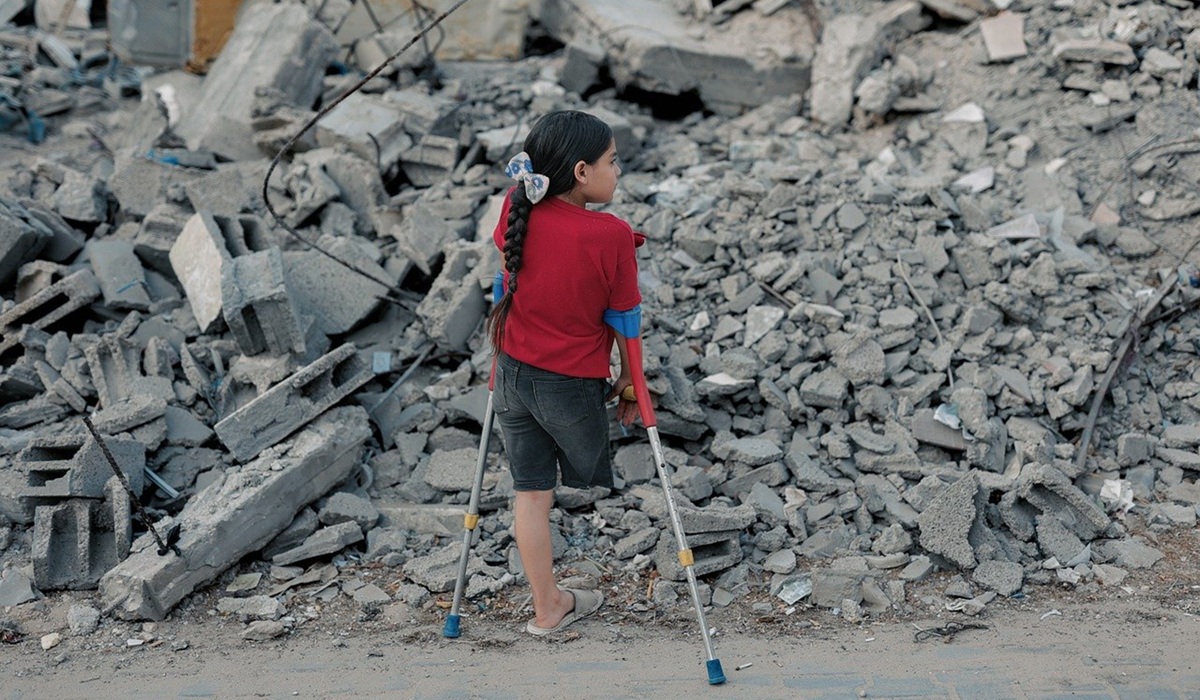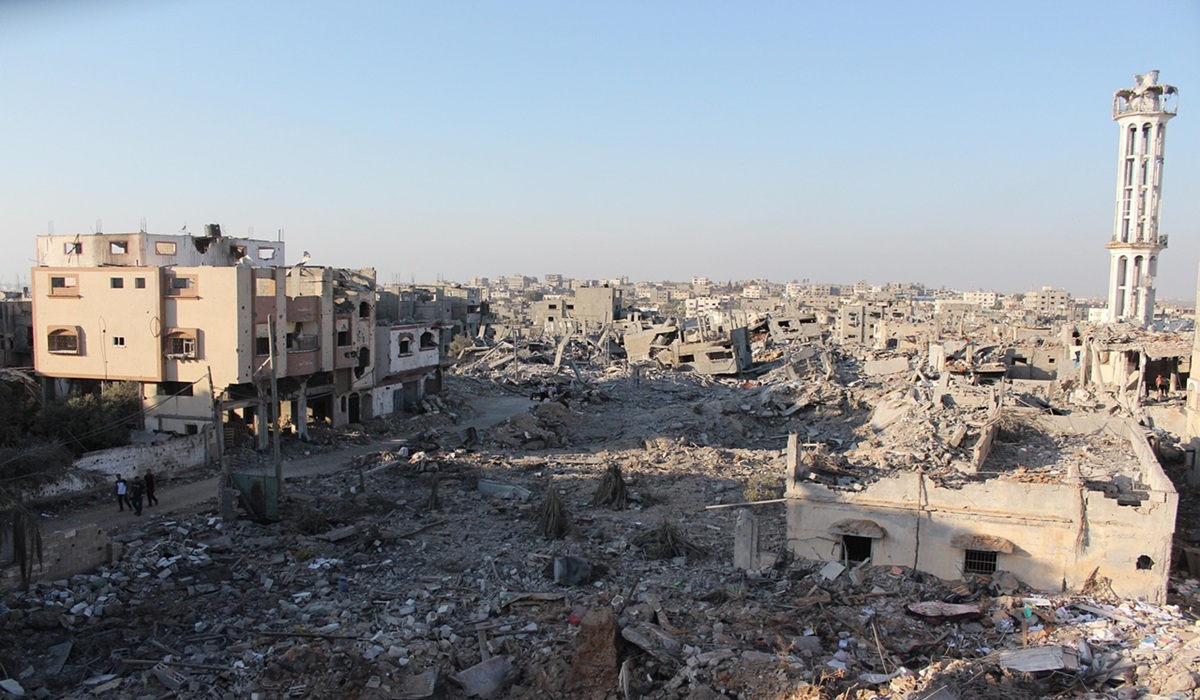The Most Important Safety Precautions for Restaurants
- Casey Cartwright
- Trending News
- August 27, 2025
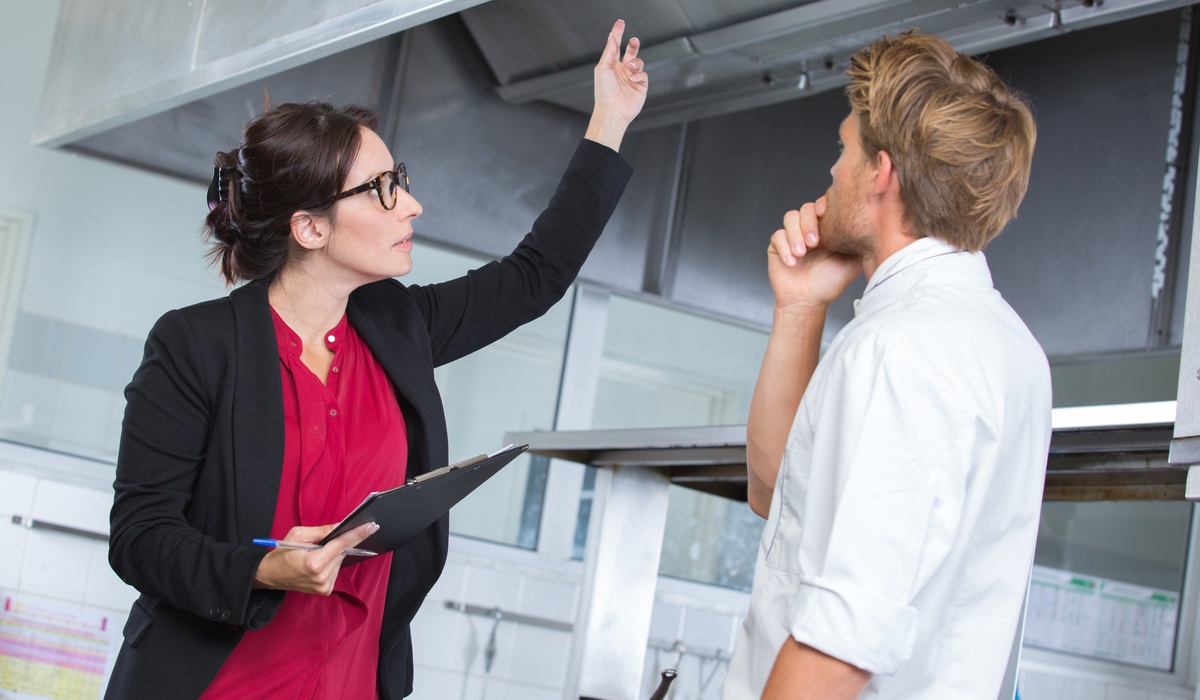
Restaurant safety extends far beyond serving delicious food. Every successful establishment prioritizes comprehensive safety measures that protect employees, customers, and the business itself. In this explainer, we’ll discuss the most important safety precautions for restaurants, from fire safety to food preparation, and more.
Restaurant safety always begins with fire safety, as the slightest mistake when preparing tons of food for hungry customers for hours on end can cause unexpected combustion. Restaurant owners must install proper fire suppression systems specifically for commercial kitchens, including automatic sprinkler systems and special extinguishing equipment for grease fires. Staff members require regular training on fire prevention techniques, proper handling of flammable materials, and emergency evacuation procedures. Restaurant owners should conduct a fire safety checklist regularly to confirm that their kitchen and restaurant are safe and capable of handling unexpected fire hazards.
Food safety is one of the most important safety precautions for restaurants. Proper food handling prevents foodborne illnesses that can hospitalize customers and destroy reputations overnight. Staff must understand safe food storage temperatures, with refrigerated items maintained below 40°F and frozen foods kept at 0°F or lower. Cross-contamination prevention requires separate cutting boards for raw meats and vegetables, along with frequent hand washing and sanitizing procedures.
Restaurant owners must also consider the safety of their employees, who must work in busy kitchen environments where sharp knives, hot surfaces, and heavy equipment create numerous injury risks. Proper training programs teach workers how to handle knives safely, lift heavy items correctly, and navigate crowded kitchen spaces without accidents. Non-slip flooring and proper drainage systems reduce the risk of dangerous falls on wet surfaces. Adequate lighting is also a necessity, so staff can see potential hazards, as well as personal protective equipment like cut-resistant gloves and slip-resistant shoes.
Last, but certainly not least, restaurants must remember the safety of their customers, as the business is responsible for the wellbeing of its customers while they are within. Customer safety encompasses everything from maintaining clean dining areas to ensuring proper lighting in parking areas. Restaurants must regularly inspect dining furniture for stability and cleanliness, addressing any wobbly chairs or damaged tables immediately. Proper ventilation systems remove cooking odors and maintain comfortable air quality for diners. Emergency exits must always feature clear markings and no obstructions at all times.
Creating a culture of safety requires consistent leadership commitment and regular reinforcement of proper procedures. Management must lead by example, following all safety protocols and addressing violations immediately. Regular safety meetings keep protocols fresh in employees’ minds while providing opportunities to discuss new concerns or improvements. Written safety manuals ensure that all staff members have access to current procedures, and regular updates reflect changing regulations or equipment.
Restaurant safety requires vigilant attention to multiple areas simultaneously. Fire prevention, food safety, employee protection, and customer welfare all demand consistent focus and resources. The investment in proper safety measures protects lives, preserves business investments, and builds the trust necessary for long-term success. Restaurants that prioritize comprehensive safety protocols create environments where employees feel secure, customers dine confidently, and businesses thrive sustainably.




